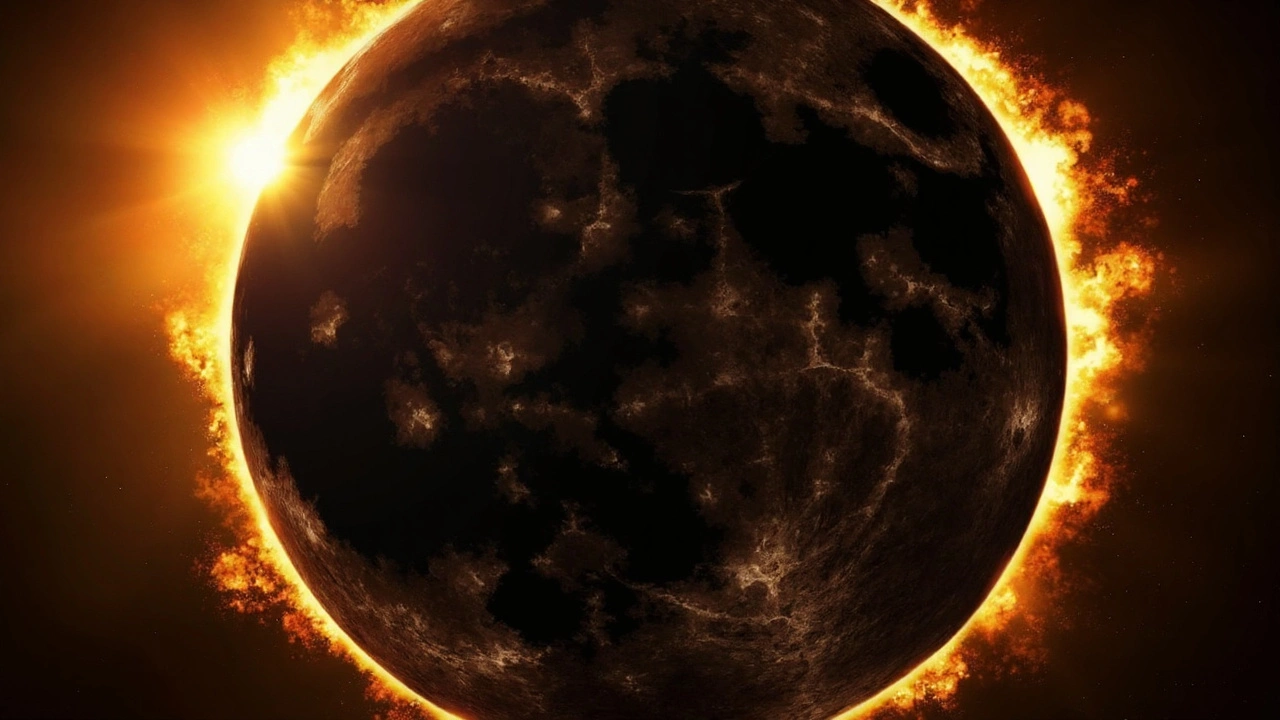Solar Eclipse 2025: Dates, Visibility & Watching Tips
Hey there! If you love sky shows, the 2025 solar eclipse is something you’ll want on your calendar. It’s not a total blackout, but a solid partial eclipse that you can see from many parts of India. Below you’ll get the exact date, the places where the eclipse looks the best, and easy safety steps so you can enjoy it without any hassle.
When and Where the Eclipse Happens
The partial solar eclipse will take place on March 14, 2025. In India, the eclipse starts in the early morning, peaks around mid‑day, and ends by early afternoon. The amount of Sun covered varies by location – northern states like Delhi and Haryana can see about 55% coverage, while southern areas like Chennai get around 30%.
For the biggest visual impact, aim for places with clear skies and low light pollution. Hill stations such as Shimla, Darjeeling, Ooty, and Munnar tend to have thinner clouds during March, giving you a cleaner view. If you’re near the coast, try early‑morning spots on the western side of the country – the sea breeze often keeps the air clear.
Don’t forget to check the local weather forecast a day before. A quick glance at the India Meteorological Department’s website can save you from a rainy surprise.
How to Watch Safely and Make the Most of It
Safety first: never look directly at the Sun without proper protection. Regular sunglasses won’t cut it. Get a pair of ISO‑ certified solar viewing glasses or use a solar filter on a binocular or telescope. If you’re making a pinhole projector at home, a simple piece of cardboard with a tiny hole can project a safe image on a white surface.
Set up your viewing spot about an hour before the eclipse starts. That gives you time to test your glasses or projector and get comfortable. Bring a bottle of water, a snack, and a small chair if you plan to sit for a while.
If you love photography, a DSLR or mirrorless camera with a solar filter works great. Use a tripod, set a low ISO (100‑200), and keep the shutter speed fast (1/1000 sec or quicker). Start shooting a few minutes before maximum coverage and continue a few minutes after – you’ll capture the gradual change in light.
Kids often ask why the Sun looks like a bite is taken out of it. Explain that the Moon is just passing in front of the Sun, blocking part of its light. The partial eclipse won’t cause any weird health effects – the only risk is eye damage if you stare without protection.
After the eclipse, share what you saw on social media or with friends. Tag your location and use #SolarEclipse2025 so others can find photos and tips. It also helps future sky‑watchers know which spots worked best.
That’s the basics – date, best spots, safety gear, and a quick photo guide. Mark March 14 on your calendar, grab those solar glasses, and enjoy the show. The sky puts on a free performance once in a while, so make sure you’re ready to watch it safely and have fun!
